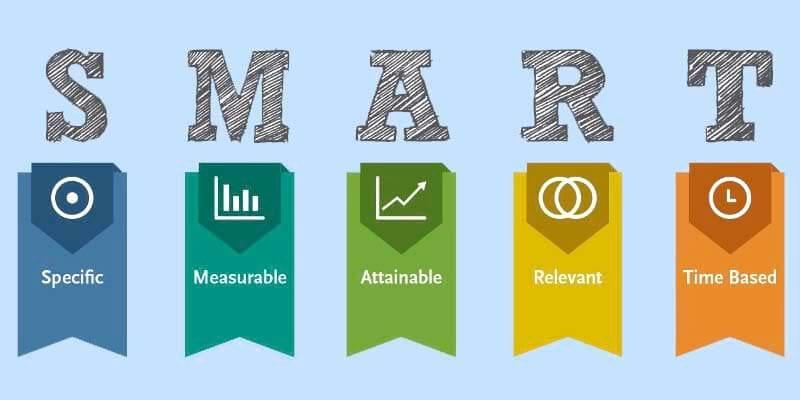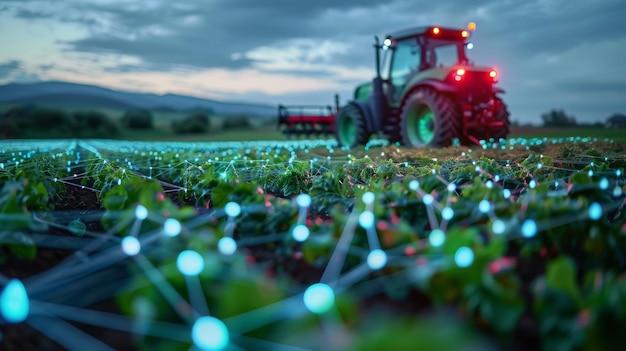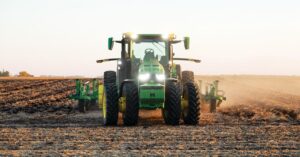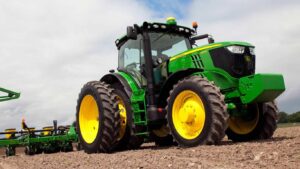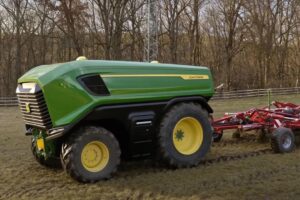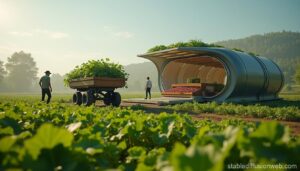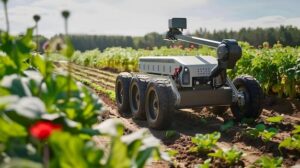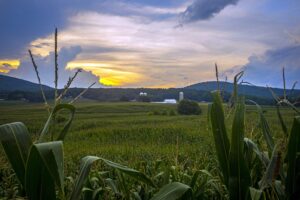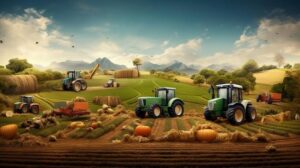In recent years, agriculture has undergone a notable transformation through the integration of digital technologies and data-driven solutions. Smart farming, also known as precision agriculture, represents a fundamental shift from traditional farming methods to a more efficient, sustainable, and technologically advanced approach. As farmers worldwide face increasing pressure to feed a growing global population while dealing with climate change and resource constraints,smart farming technologies offer promising solutions. Though, this agricultural revolution brings both opportunities and complex challenges that require careful consideration as the industry continues to evolve. Agriculture is undergoing a revolutionary transformation through digital technologies and data-driven solutions. Modern farmers now leverage sophisticated systems that combine sensors, automation, and artificial intelligence to optimize crop yields and resource management. These technological advancements have introduced precision agriculture, enabling farmers to monitor soil conditions, weather patterns, and crop health in real-time.
IoT devices strategically placed across fields collect crucial data about moisture levels, nutrient content, and pest presence. This information helps farmers make informed decisions about irrigation, fertilization, and pest control, reducing waste and environmental impact. Drones equipped with multispectral cameras provide aerial surveillance, creating detailed maps of crop health and identifying areas requiring immediate attention.
The implementation of automated machinery has considerably reduced labor requirements while increasing efficiency. GPS-guided tractors perform tasks with centimeter-level accuracy, while robotic systems handle everything from seeding to harvesting. These innovations not only save time but also minimize human error and optimize resource utilization.
However,the transition to smart farming presents several challenges. The initial investment in technology and infrastructure can be considerable,making it difficult for smaller farms to adopt these solutions. Many farmers face a steep learning curve in understanding and implementing new technologies, requiring additional training and technical support.
Data security and privacy concerns have emerged as critical issues. The vast amount of agricultural data collected must be protected from unauthorized access while ensuring farmers maintain control over their information. Integration challenges arise when different systems and platforms need to work together seamlessly.
Connectivity remains a significant hurdle in rural areas where internet infrastructure may be limited.Reliable broadband access is essential for real-time data transmission and system operations. Additionally, maintaining and repairing sophisticated equipment often requires specialized expertise, which may not be readily available in remote agricultural regions.
Climate change adds another layer of complexity to smart farming implementation. Systems must be adaptable to increasingly unpredictable weather patterns and extreme conditions. This requires continuous updates to algorithms and decision-making models based on changing environmental factors.
Despite these challenges, the benefits of smart farming are compelling. Increased crop yields,reduced resource consumption,and improved sustainability make it an attractive option for future-focused agricultural operations. Farmers who successfully navigate the transition can achieve better profit margins while contributing to more sustainable food production systems.
The agricultural sector continues to evolve as new technologies emerge and existing solutions become more refined. Those who adapt to these changes while carefully managing the associated challenges will be better positioned to meet growing global food demands while maintaining environmental stewardship.